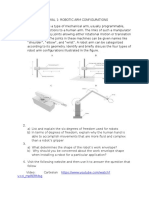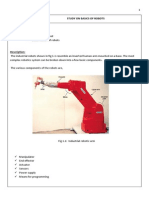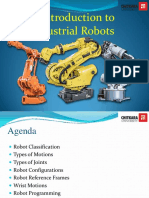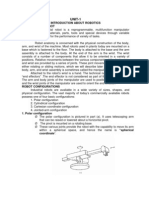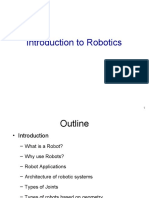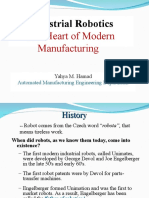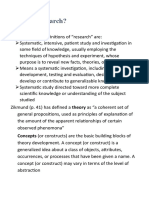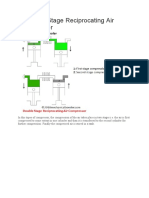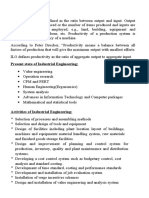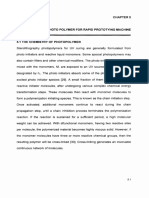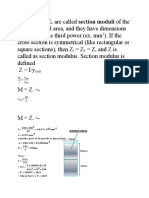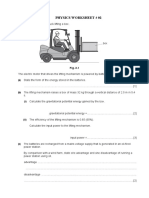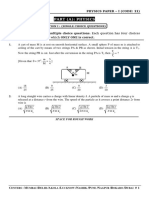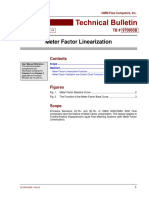0% found this document useful (0 votes)
295 views12 pagesClassification of Industrial Robots Work Volume Arm Configuration Advantages and Disadvantages of Robot Configurations
This document discusses different types of industrial robot configurations based on their arm configuration, power source, and path control. It describes Cartesian coordinate robots which move in orthogonal X, Y, and Z directions and have a rectangular working envelope. Cylindrical coordinate robots contain linear and rotational movement along a vertical column, approximating a cylindrical working volume. The advantages and disadvantages of each configuration and their common applications are also outlined.
Uploaded by
Anonymous kTVBUxrCopyright
© © All Rights Reserved
We take content rights seriously. If you suspect this is your content, claim it here.
Available Formats
Download as PDF, TXT or read online on Scribd
0% found this document useful (0 votes)
295 views12 pagesClassification of Industrial Robots Work Volume Arm Configuration Advantages and Disadvantages of Robot Configurations
This document discusses different types of industrial robot configurations based on their arm configuration, power source, and path control. It describes Cartesian coordinate robots which move in orthogonal X, Y, and Z directions and have a rectangular working envelope. Cylindrical coordinate robots contain linear and rotational movement along a vertical column, approximating a cylindrical working volume. The advantages and disadvantages of each configuration and their common applications are also outlined.
Uploaded by
Anonymous kTVBUxrCopyright
© © All Rights Reserved
We take content rights seriously. If you suspect this is your content, claim it here.
Available Formats
Download as PDF, TXT or read online on Scribd
/ 12




